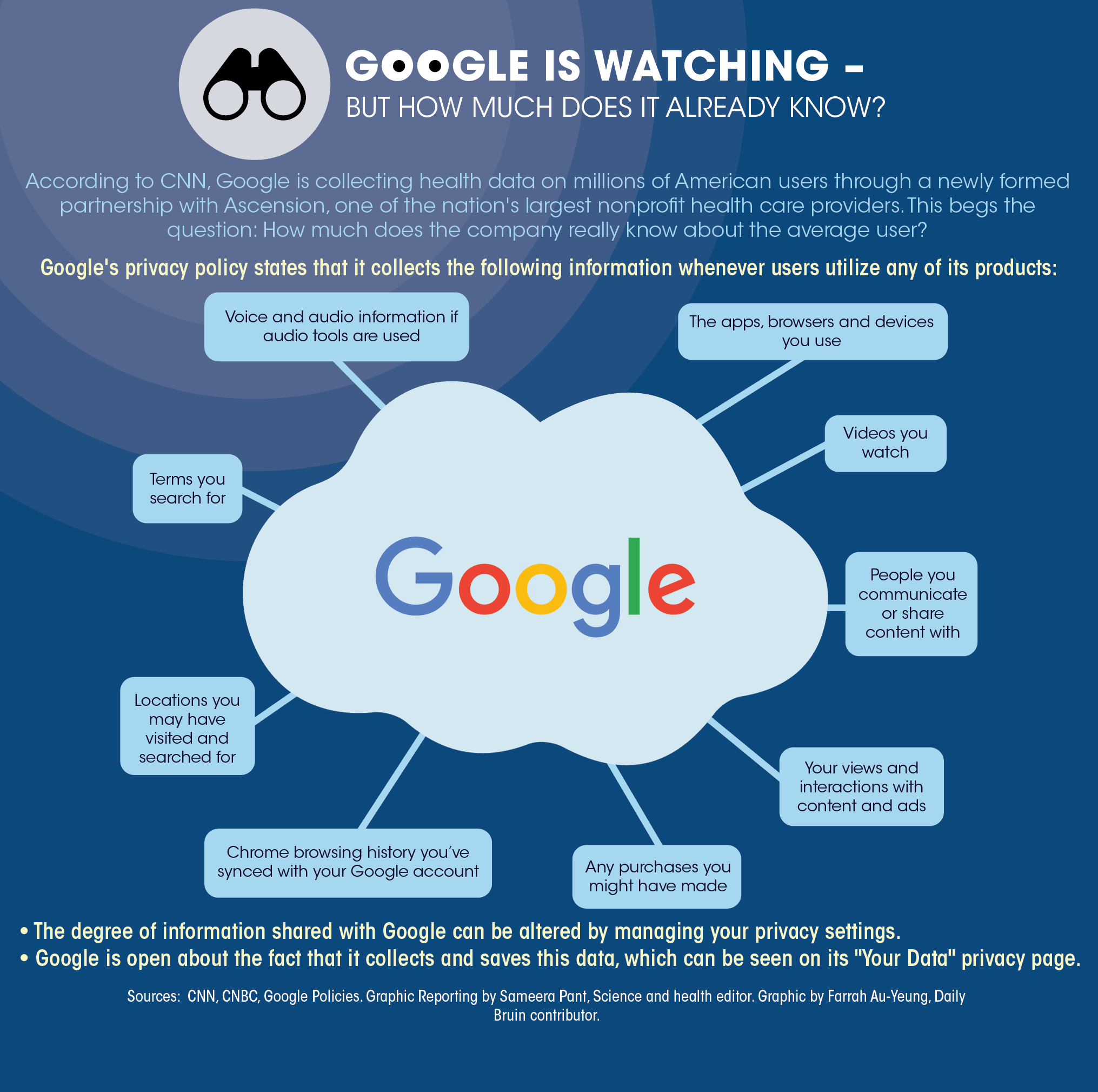- Understanding the Smart Home Threat Landscape: Common Vulnerabilities and Risks
- Weak Default Credentials: The Easiest Entry Point
- Outdated Firmware and Software: Unpatched Exposures
- Insecure Network Configurations: A Gateway to Your Home
- Data Privacy Concerns: Who is Watching?
- The Foundation of Smart Home Security: Securing Your Network
- Strengthen Your Wi-Fi Router Security
- Implement Network Segmentation with a Guest Network
- Consider a VPN for Enhanced Data Privacy
- Device-Specific Safeguards: Fortifying Each Smart Gadget
Fortify Your Smart Home Against Cyber Threats: Essential Security Measures for IoT Devices
The allure of a smart home is undeniable. Imagine lights that dim automatically, thermostats that learn your preferences, and security cameras you can monitor from anywhere. The Internet of Things (IoT) has transformed our living spaces, bringing unparalleled convenience and connectivity. However, this digital comfort comes with a critical caveat: every connected device is a potential entry point for cyber threats.
As our homes become increasingly intertwined with the digital world, the need for robust smart home security has never been more urgent. Cybercriminals are constantly seeking vulnerabilities, and an unprotected smart device can compromise your entire network, leading to privacy breaches, financial loss, or even physical danger. Ignoring these risks is no longer an option; proactive defense is your only recourse.
This comprehensive guide is designed for homeowners and tech-savvy individuals who understand the stakes. We will delve into the specific cyber threats targeting Internet of Things devices and provide actionable, practical steps to fortify your defenses. From securing your network to protecting your privacy protection, we’ll equip you with the knowledge to transform your smart home from a potential target into a digital fortress. The time to act is now – your digital safety depends on it.
.png)
Understanding the Smart Home Threat Landscape: Common Vulnerabilities and Risks
The convenience offered by smart devices often overshadows the inherent security risks they introduce. Each smart gadget, from your doorbell to your refrigerator, is essentially a mini-computer connected to the internet, and like any computer, it can be exploited. Understanding these vulnerabilities is the first step toward effective IoT device protection.

Weak Default Credentials: The Easiest Entry Point
Many smart devices come with default usernames and passwords (e.g., admin/admin, user/12345). Unfortunately, many users never change these. This oversight is a glaring vulnerability that hackers actively exploit using automated scanning tools. Once inside, they can gain full control of your device, potentially using it to launch attacks on other systems or simply to spy on your home.
Never assume a device is secure out of the box. Always change default credentials immediately upon setup.

Outdated Firmware and Software: Unpatched Exposures
Like any operating system, the firmware embedded in your smart devices requires regular updates to patch security flaws. Manufacturers release these updates to address newly discovered vulnerabilities. Neglecting these updates leaves your devices exposed to known exploits that cybercriminals are eager to leverage. Many devices are sold and then quickly forgotten by consumers, leaving them perpetually vulnerable.
Regularly check for and apply firmware updates for all your smart home devices. This is a non-negotiable aspect of ongoing digital home security.

Insecure Network Configurations: A Gateway to Your Home
Your Wi-Fi network is the backbone of your smart home. If it’s not properly secured, every device connected to it is at risk. Weak Wi-Fi passwords, outdated encryption protocols (like WEP or WPA), or an open network effectively roll out the welcome mat for intruders. Once they access your network, they can potentially interact with all your smart devices, intercept data, or even access other computers on your home network.
A robust network security strategy is the cornerstone of protecting your entire connected home ecosystem.

Data Privacy Concerns: Who is Watching?
Smart devices collect vast amounts of data about your habits, routines, and personal life. Smart speakers record voice commands, security cameras capture visuals, and smart thermostats track your presence. This data is often stored in the cloud, and while manufacturers claim to protect it, breaches can occur. Furthermore, understanding how this data is used and shared by third parties is crucial for maintaining your privacy protection.
Your personal data is a valuable commodity; treat it with the utmost care.
The Foundation of Smart Home Security: Securing Your Network
Your home network is the first line of defense against cyber threats. A strong, well-configured network acts as a barrier, protecting all the devices connected to it. Prioritizing network security is paramount for effective smart home security.
Strengthen Your Wi-Fi Router Security
Your router is the gatekeeper of your home network. It needs to be impenetrable. Start by changing the default administrator password to a strong, unique one. This prevents unauthorized access to your router’s settings. Next, ensure your router uses WPA3 or at least WPA2-AES encryption for your Wi-Fi password. Older protocols like WEP are easily cracked.
- Change Default Credentials: Immediately update the router’s admin username and password.
- Strong Wi-Fi Password: Use a complex passphrase with a mix of uppercase, lowercase, numbers, and symbols.
- Update Firmware: Regularly check your router manufacturer’s website for firmware updates and install them promptly.
- Disable Remote Management: Unless absolutely necessary, disable the ability to manage your router from outside your home network.
Implement Network Segmentation with a Guest Network
Many modern routers allow you to set up a separate guest Wi-Fi network. This isn’t just for visitors; it’s a powerful security tool for your smart devices. Connecting your smart home devices to a dedicated guest network isolates them from your main network where your computers, phones, and sensitive data reside. If a smart device on the guest network is compromised, the attacker won’t have direct access to your primary devices.
For more advanced users, consider setting up a dedicated IoT network or VLAN (Virtual Local Area Network) to further isolate smart devices. This is a critical step in enhancing network privacy.
Consider a VPN for Enhanced Data Privacy
While not strictly for device security, a Virtual Private Network (VPN) can significantly enhance your overall privacy protection by encrypting all internet traffic leaving your home network. If your router supports VPN integration, you can route all smart device traffic through it, adding an extra layer of security against eavesdropping and ensuring your data remains private from your ISP and other third parties.
For more information on VPNs, consider exploring resources like ExpressVPN’s guide to VPNs (external link suggestion).
Device-Specific Safeguards: Fortifying Each Smart Gadget
While network security is foundational, each individual smart device also requires specific attention. These measures ensure that even if your network is breached, individual devices remain resilient against cyber threats.
Unique, Strong Passwords for Every Device
This cannot be stressed enough: every single smart device must have a unique, strong password. Using the same password across multiple devices is akin to having one key for your entire house. If a hacker cracks one, they gain access to all. Use a password manager to generate and store complex, unique passwords for each smart camera, lock, thermostat, and speaker.
Password managers are invaluable tools for maintaining robust device access security.
Enable Two-Factor Authentication (2FA)
Wherever available, enable 2FA for your smart devices and their associated accounts. 2FA adds an extra layer of security by requiring a second form of verification (like a code sent to your phone) in addition to your password. Even if a hacker steals your password, they won’t be able to access your device without that second factor.
Many smart home platforms and individual devices now support 2FA. Activating it is a simple yet powerful step for enhanced login protection.
Regularly Update Device Firmware and Software
Just like your router, your smart devices need regular updates. These updates often contain critical security patches that close vulnerabilities. Enable automatic updates if possible, or make it a routine to manually check for and install updates for all your devices. Neglecting updates is an open invitation for cyber threats.
Create a schedule to regularly audit your devices for available updates. This proactive approach is key to maintaining device integrity.
Disable Unnecessary Features and Ports
Many smart devices come with features enabled by default that you may not need, such as remote access, UPnP (Universal Plug and Play), or guest accounts. Each enabled feature or open port is a potential attack vector. Review your device settings and disable



